Some sodas become legendary, while others fade into obscurity, leaving only memories and the occasional vintage advertisement to remind us they once existed. The ’60s and ’70s were an era of bold experimentation in the soda industry, with companies launching wild new flavors, unique branding, and carbonated concoctions that seemed ahead of their time. While some of these drinks were pulled from shelves due to low sales or shifting trends, they still hold a special place in the hearts of those who remember them. Let’s pop the tab on 12 discontinued soda brands from the ’60s and ’70s that deserve a comeback.
1. Pepsi Light (1975-1980s)
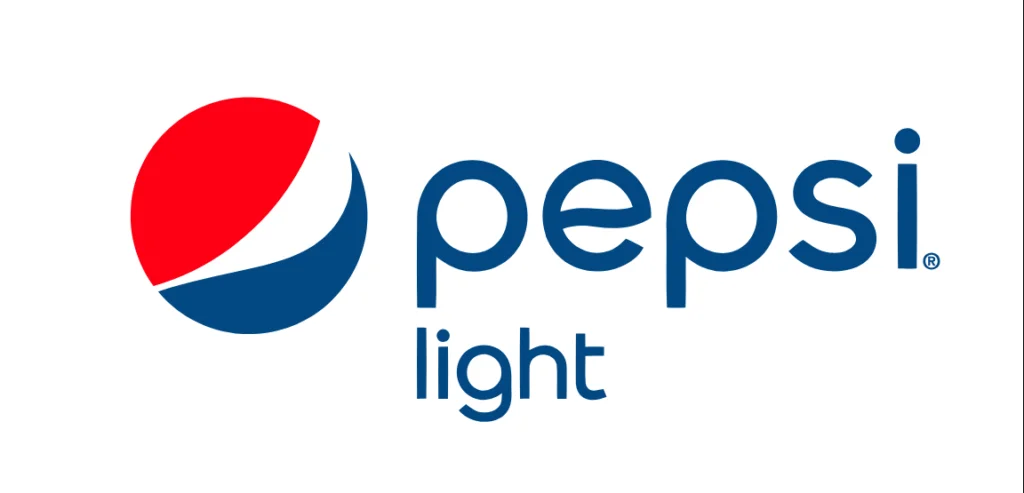
Pepsi Light was a unique take on diet soda, infused with a twist of lemon to balance out the artificial sweetener taste. Unlike today’s citrus-infused colas, this one had a distinctly refreshing quality that set it apart from regular Pepsi. It was marketed heavily in the late ’70s, especially to people looking for a “lighter” alternative to full-sugar colas. While it eventually disappeared, a modern reintroduction with natural sweeteners could make it a hit all over again.
2. Teem (1959-1984)
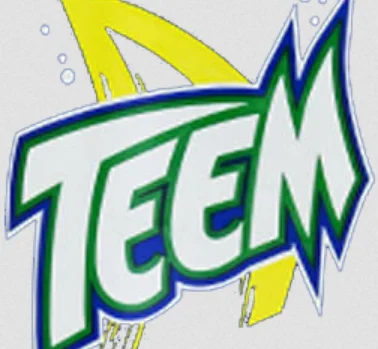
Teem was Pepsi’s answer to 7UP and Sprite, a crisp lemon-lime soda with a cleaner, more citrus-forward flavor. It had a loyal following throughout the ’60s and ’70s, but Pepsi eventually phased it out in favor of Slice and later Sierra Mist. Unlike some other lemon-lime sodas of the time, Teem had a dry, almost sparkling water-like finish that made it extra refreshing. In a world where classic brands are making a resurgence, Teem deserves a second shot at success.
3. Aspen (1978-1982)
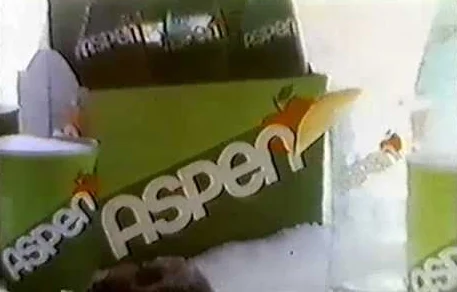
Aspen was a short-lived but beloved apple-flavored soda, offering a crisp and tart alternative to the usual citrus and cola options. It had a unique flavor that was refreshing without being overly sweet, making it a great mixer as well. Despite its cult following, Pepsi pulled the plug on Aspen in the early ’80s, replacing it with Slice Apple. With the rise of craft sodas and a renewed interest in apple-flavored drinks, Aspen could easily make a comeback.
4. Like Cola (1963-1969)
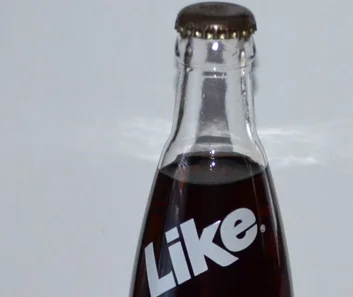
Like Cola was one of the earliest sodas to be marketed as caffeine-free, making it a popular choice for parents looking to keep their kids off the jitters. Its formula was designed to taste as close to regular cola as possible, without the buzz of caffeine. Unfortunately, it never quite caught on, likely because many people weren’t ready to give up their soda-induced energy boost. With today’s focus on caffeine alternatives, Like Cola could find a whole new audience.
5. Rondo (1978-1983)
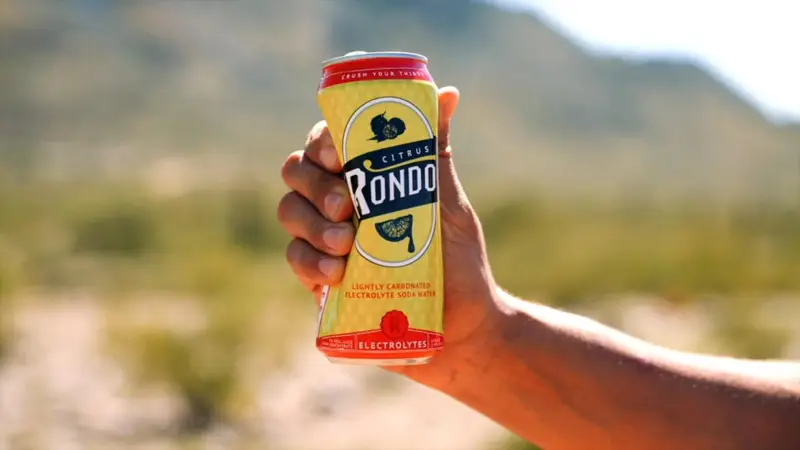
Rondo was marketed as the “thirst-crushing” soda, a citrus drink that was advertised with dramatic slow-motion commercials of guys chugging it after extreme sports. It was more robust than Sprite or 7UP, with a bold citrus flavor that made it feel more like a carbonated sports drink. While it had a strong initial fanbase, it eventually fizzled out as other citrus sodas took over the market. A revival could easily tap into the extreme sports and energy drink craze of today.
6. Wink (1965-2000s, but mostly gone by the ’70s)
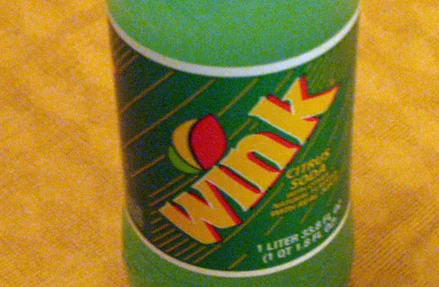
Originally marketed as a “citrus punch soda,” Wink was a grapefruit-based soft drink produced by Canada Dry. Unlike other grapefruit sodas, Wink had a slightly sweeter and more complex flavor, making it appealing to both kids and adults. It had a decent run, but by the ’70s and ’80s, it was already hard to find, except in certain regions. Given today’s love for craft sodas and unique citrus flavors, a Wink revival could be a hit.
7. Patio Cola (1963-1970s)
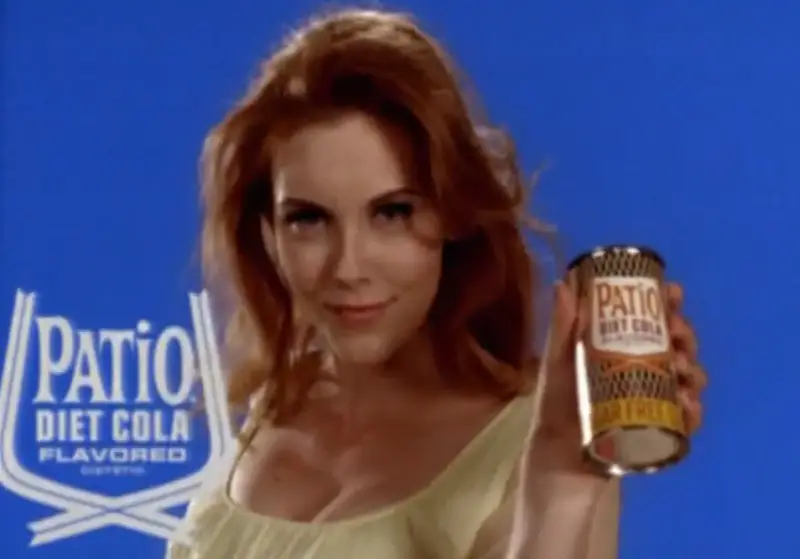
Patio was Pepsi’s first attempt at a diet cola before Diet Pepsi officially took over. It was initially launched with a big marketing push, including TV ads featuring a young Mary Tyler Moore. While it had its fans, it was quickly overshadowed by Diet Pepsi and quietly faded into soda history. Bringing it back as a vintage-inspired cola could draw in both nostalgia lovers and those looking for an old-school diet drink.
8. Kayo Chocolate Soda (1950s-1970s)
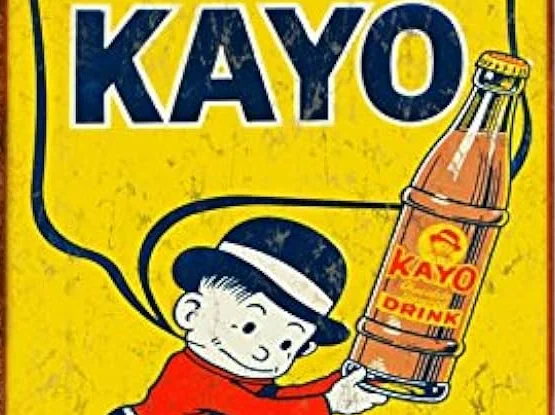
For those who couldn’t decide between a soda and a milkshake, Kayo Chocolate Soda offered the best of both worlds. This carbonated chocolate drink had a rich, sweet flavor that tasted like fizzy chocolate milk, making it a unique alternative to traditional colas. While it had a dedicated fanbase, its niche appeal meant it never reached mainstream popularity, and it quietly disappeared by the late ’70s. With the rise of novelty and dessert-flavored sodas today, a modern revival of Kayo could be a hit among both nostalgic drinkers and new generations looking for something different.
9. Quirst (1960s-1970s)
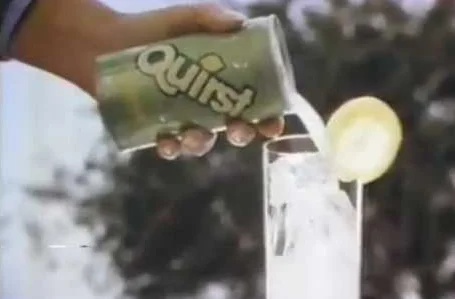
With a name that sounds like someone misspelled “Thirst,” Quirst was a short-lived lemon-lime soda from the makers of RC Cola. It had a sharp, tart taste that made it stand out from its competitors, but it never gained enough traction to last. The branding was playful and fun, featuring cartoon-style advertising that made it seem more kid-friendly. With today’s throwback marketing trends, a Quirst revival could easily capture the nostalgic soda drinkers.
10. Hubba Bubba Soda (1970s-1980s)
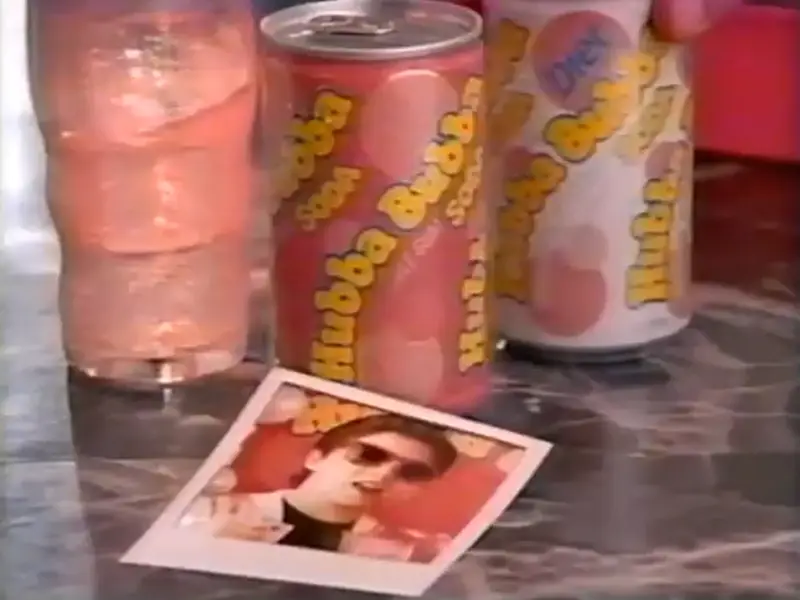
Yes, this was exactly what it sounds like—a soda that tasted like Hubba Bubba bubblegum. It was ridiculously sweet, pink, and over-the-top, which is probably why kids in the ’70s absolutely loved it. However, the idea of drinking a bubblegum-flavored beverage didn’t have long-term staying power, and it was discontinued. But with today’s market full of novelty and dessert-inspired drinks, a limited-edition Hubba Bubba Soda could be a nostalgic sensation.
11. Billy Beer (1977-1978)
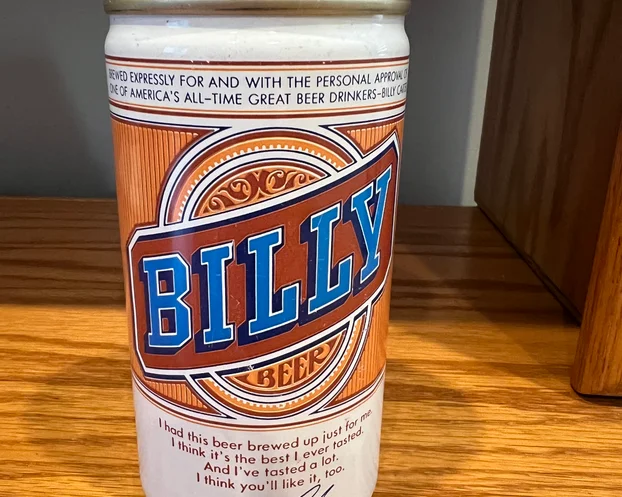
Billy Beer was a novelty drink, launched as a promotional tie-in with President Jimmy Carter’s brother, Billy Carter. While it was technically a beer and not a soda, it was marketed in a way that made it seem almost like a fun, quirky soft drink for adults. The beer itself wasn’t great, but the cans became collectible, and people still talk about it today. If rebranded as a retro-inspired craft soda (without the alcohol), Billy Soda could make a hilarious comeback.
12. Choc-ola (1950s-1970s)
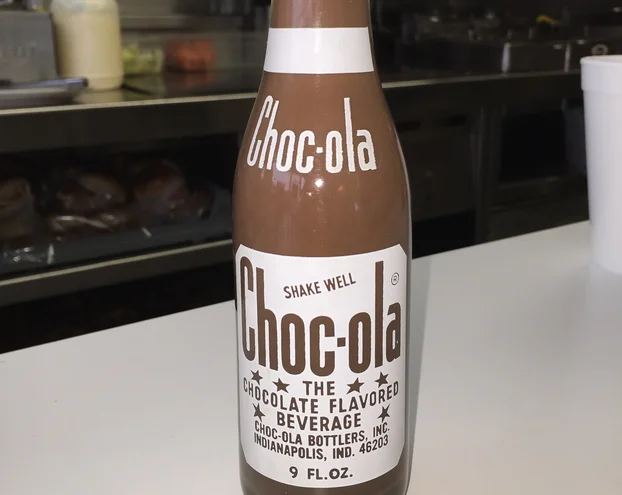
Before Yoo-hoo dominated the market, Choc-ola was the go-to chocolate drink for kids who wanted something sweeter than soda but fizzier than milk. This carbonated chocolate drink had a rich, malted taste and was heavily marketed as a fun, energizing treat. While it enjoyed regional success, Choc-ola struggled to compete with traditional sodas and eventually disappeared from most store shelves by the late ’70s. Given today’s love for nostalgic flavors and retro beverages, a Choc-ola comeback could satisfy both longtime fans and adventurous new drinkers.
These sodas were once staples of gas stations, supermarkets, and diners across America, and while some fizzled out due to changing tastes, others simply disappeared because of corporate shake-ups or rebranding. In today’s era of retro comebacks and nostalgia-driven marketing, any one of these sodas could easily find a new audience. Whether you remember drinking them or just love the idea of vintage soft drinks making a return, these forgotten flavors deserve another chance to bubble back into the mainstream!


